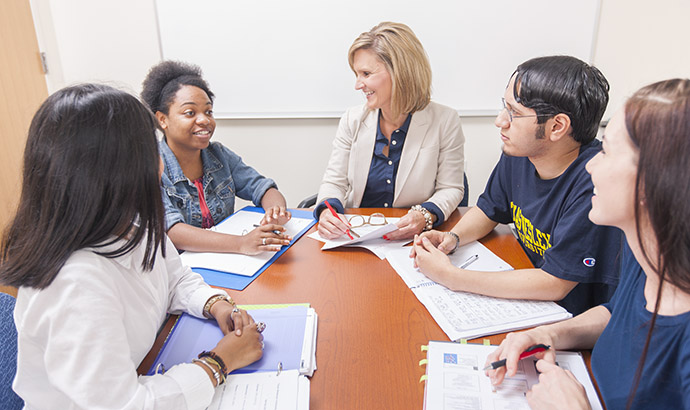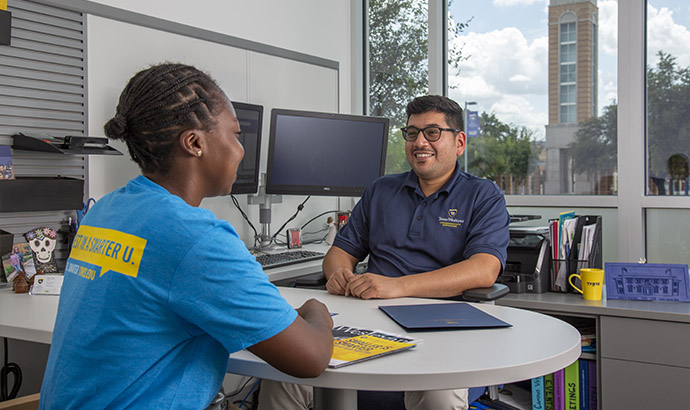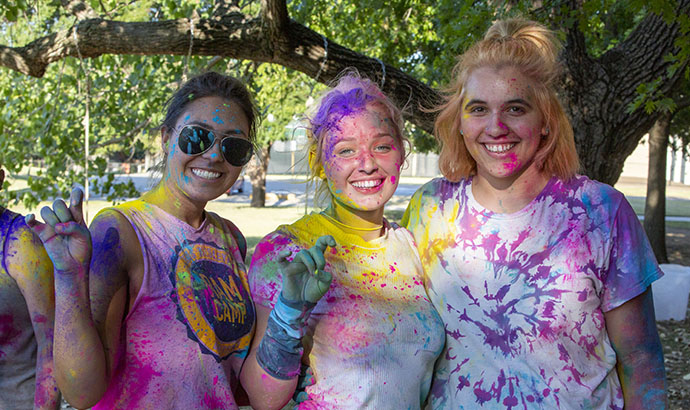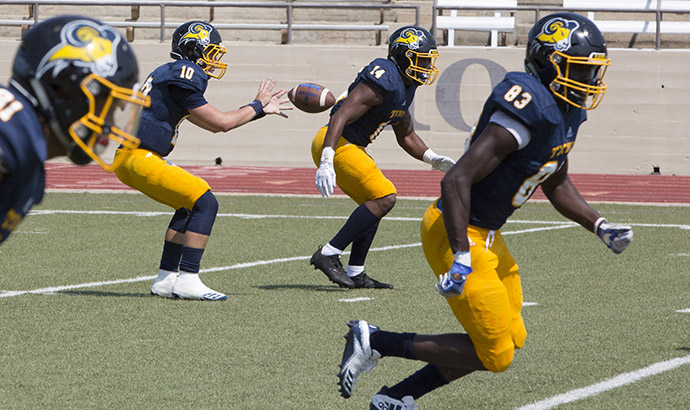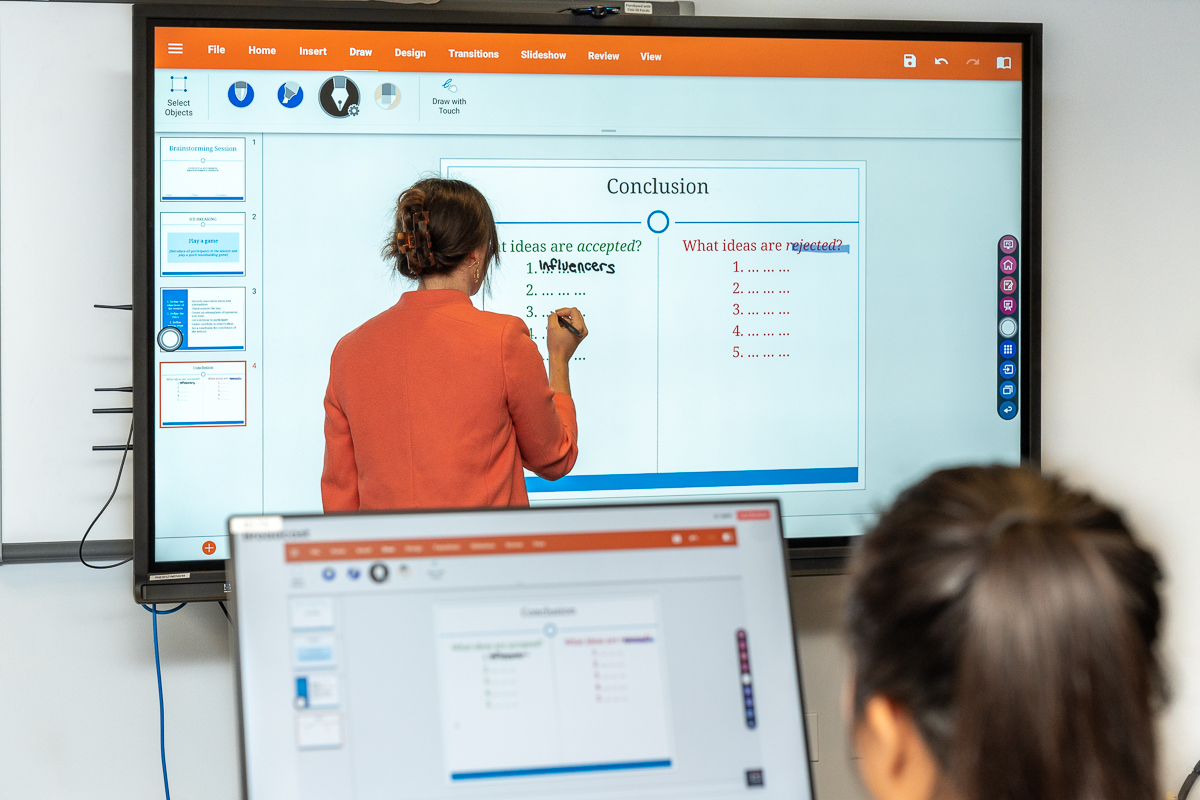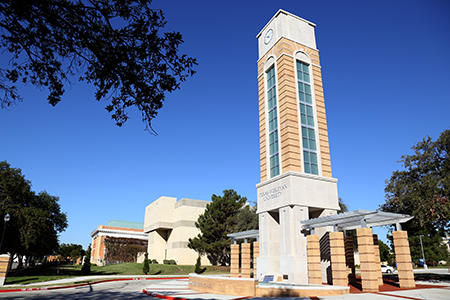News
Texas Wesleyan Upgrades: Boosting Athletics, Science & Student Success
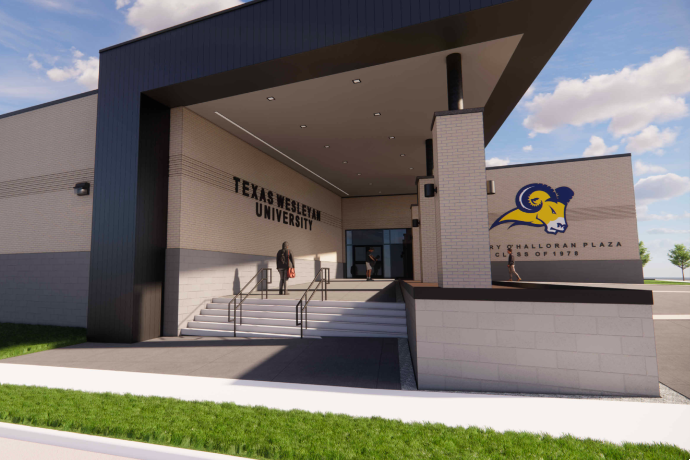
From new athletic facilities to updated science labs and communications tools, there's a lot of great places coming to Texas Wesleyan. Here's a breakdown of what's new and upcoming:
Karen Cramer Athletic Stadium and Moritz Fieldhouse
We're thrilled to share a significant development in our on-campus athletic complex! Construction is underway on the Moritz Fieldhouse, a two-story facility designed to support our student-athletes on and off the field.
Field house features:
- Dedicated office space for coaching staff
- Team room for team building and strategy sessions
- Separate locker rooms for home and visiting teams
- Ample space for pre-game tailgating outside the building
The field house plans are currently under review by the City of Fort Worth for permitting. Once approved, construction by Tarrant Construction is slated to begin and is currently planned to wrap up by late spring 2025.
This phase builds upon the successful completion of the first two phases, which included land acquisition, development, construction of the athletic field, installation of artificial turf and implementation of lighting.
Phase four, the stadium construction, is in the design phase. We are actively exploring ways to expand seating capacity and create a phenomenal experience for our community.
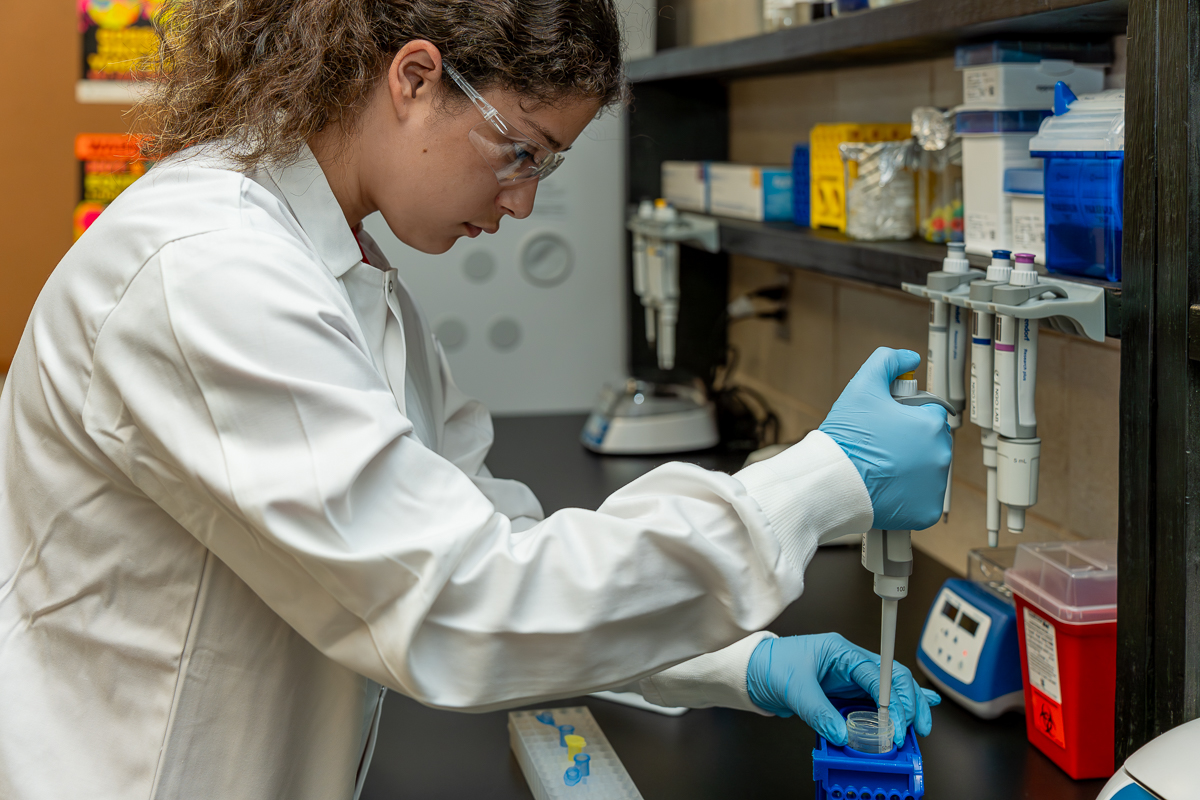
Science Lab Renovations
The third-floor science labs in McFadden Science Center will undergo significant renovations this summer. These upgrades aim to enhance teaching and research capabilities.
The upgrades include:
- Increased Lab Capacity: Expanded workstations will allow the University to offer a wider range of science courses, potentially increasing student enrollment and research opportunities.
- Advanced Equipment and Safety: Brand new pharmaceutical-grade fume hoods and cutting-edge science equipment will provide a safer and more efficient environment for conducting advanced lab experiments.
- Improved Functionality: Additional storage space and modern finishes will enhance lab organization and workflow, streamlining your teaching and research endeavors.
The lab renovations are thanks to a generous $500,000 gift from The Thomas M., Helen McKee & John P. Ryan Foundation in support of renovations in the Ella C. McFadden Science Center as part of Engage. Inspire. Invest. A Comprehensive Campaign.
The labs also received an Equipment Grant from the Welch Foundation. According to the foundation's website, “this support is intended to improve a department’s capabilities in chemical research and to give faculty and students a richer laboratory experience by placing high-value, modern research equipment. Bolstering the infrastructure in these small chemistry departments, transforming their research programs, and expanding the training opportunities for their students has tremendous value for the advancement of chemical research in Texas.”
The Engage Studio
Thanks to a Title III grant, a brand-new communications studio has opened its doors in rooms 125 and 126 of the Polytechnic United Methodist Church. This isn't just any studio; it's the brainchild of Dr. Stacia Campbell, associate professor of English and writing program director, designed to be a pressure-free haven for honing communication skills. The multi-functional space is where students can drop in casually, work on projects like writing portfolios or presentations, and gain confidence in expressing themselves.
While the studio is a dream come true, it's still undergoing improvements to reach its full potential. Currently, unused radiators, kick plates and wall boxes clutter the space. These elements, in addition to other renovations being worked on over the summer, are slated for removal to create a cleaner, more streamlined environment conducive to focused work and creative collaboration.
The studio will go beyond a classroom setting. Students can record and review speeches independently or with a mentor's guidance. Need help crafting an engaging presentation or brainstorming ideas for a research paper? Mentors are available to offer tips and support.
With over 200 appointments booked last semester, the studio is already a popular spot. But Dr. Campbell reveals that the true impact might be even greater, with many students unofficially using the space to work on projects, grab a snack and simply connect with others. When the renovations are completed, the studio promises to be an even more inviting and functional space for students to thrive.
New Classroom Technology
Last semester, Texas Wesleyan University embraced a new era of learning with a tech revamp in 10 classrooms. Replacing Smart Boards, the new sleek Newline Interactive TVs were put into the classrooms as part of a collaborative effort between the facilities and IT departments.
But these aren't just bigger screens; they're brimming with features designed to ignite student engagement. Forget passive note-taking – now, students can interact directly with the boards during discussions and presentations. These Newline TVs ensure a seamless experience for professors too, with adjustable heights, casting capabilities and a uniform interface.
Picture this: You’re a student in a graphic design class at Texas Wesleyan and walk into a classroom where a massive Newline Interactive TV dominates the front wall.
As your professor walks in, she taps the screen, and Photoshop appears. Gone are the days of clunky projector setups. The entire class has a crystal-clear view of the software interface, blown up to epic proportions.
The professor starts by demonstrating essential tools like the lasso tool. She uses the Q Series' intuitive touch capabilities to circle an image on the screen, the selection area growing with each swipe of his finger.
Today's project is a photo manipulation masterpiece, and the professor throws the virtual "stage" open to the class. You and your fellow classmates cast your screens to the Q Series. Suddenly, the massive display transforms into a shared workspace. You upload a picture of a majestic lion, then use the Q Series' touch controls to meticulously cut it out, placing it against a breathtaking African sunset backdrop another student shared.
As you refine your masterpiece, the professor floats around the room, offering guidance and encouragement. She uses the Q Series' annotation tools to highlight areas for improvement directly on your project, which is mirrored on your screen. You can instantly see her suggestions and adjust, fostering a real-time feedback loop that keeps your learning on track.
The class culminates in a gallery walk. Each student wirelessly casts their creation onto the giant Newline TV, transforming the classroom into a digital art exhibit. You beam with pride as your lion majestically surveys the virtual African plains. The Newline TV not only made the learning process engaging, but it also provided a platform to showcase your work in a grand, collaborative display.



